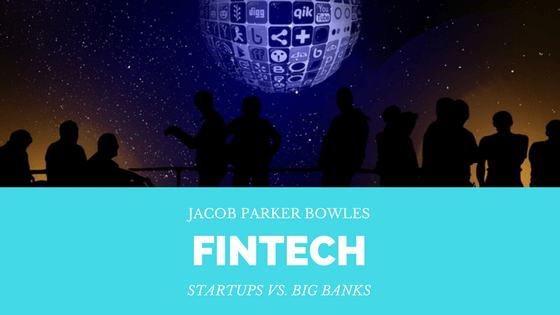Fintech is taking control of the future of finance across the world. There are multiple aspects of financial technology that will be shaping the way we handle the exchange of money. Whether it be transactions from smartphone or advancements in accounting, fintech has full control of how we manage finances in the 21st Century.
Adapt or Die
With apps already out like Venmo, large corporations are trying to get ahead in the technological race to adapt fintech. Apple has already begun to get a leg-up on the fintech world by releasing Apple Pay. The accessibility of money has been demanded by consumers and Apple is listening. Big banks are starting to find they may be losing the battle against financial technology if they do not adapt. While this may be bad news for traditional small banks, large financial corporations are beginning to invest in fintech start-ups.
The advantages for big banks to invest in these start-ups are due to their ability to have fast innovation and edge. As well, financial technology allows users to make decisions that are more precise and fast. Why would customers stay at slow financial institutions when they have the ability to utilize resources like one-click loans or secure credit card processing?
A Mutual Relationship
Banks have viewed the growth of financial technological companies as a threat to their business and industry. Yet, there is a great opportunity between large financial corporations and fintech companies trying to gain traction. Large banks need the innovation that these start-ups have and the start-ups need the financial support and tracking that the banks can give them. Partnerships between the industries could prove beneficial for both.
Essentially, it comes down to both parties finding a middle ground to benefit from one another. The heart of fintech comes down to innovation, collaboration, and openness. If banks do not realize this and change their business model, they may end up on the sidelines while small start-ups take their place.
Across The Globe
Countries like Brazil have started to see the effects of banks not collaborating with new fintech businesses. Many large banks such as Itau and Banco Bradesco has slowly been closing their physical banking centers due to the changes in the industry.
India’s banks, which dominate the country’s financial landscape, also have a grim outlook. An online payment company, Paytm, announced a $1.4 billion invest while large banks are struggling to keep up.


